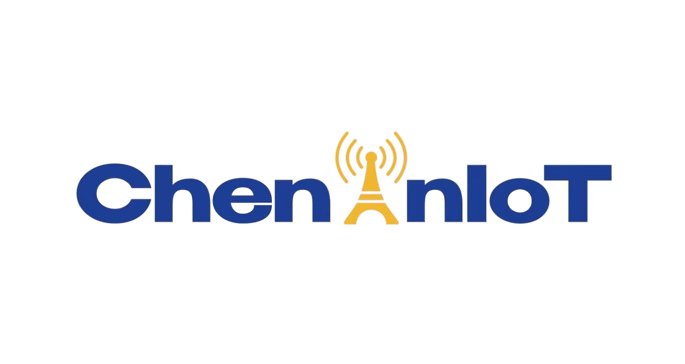Solar Charge Controller with MPPT-DM,How to Choose(Depth Guide)
Understanding the Basics
A solar charge controller is the brains of your solar power system. It regulates the flow of solar energy from your solar panels to your batteries, ensuring optimal charging and preventing overcharging. MPPT, or Maximum Power Point Tracking, is a technology that maximizes the power output of your solar panels, especially in varying light conditions. 
MPPT vs. PWM: A Quick Comparison
- PWM (Pulse-Width Modulation): This older technology simply switches the solar panel’s output on and off. While it’s simpler and cheaper, it’s less efficient, especially in low-light conditions.
- MPPT (Maximum Power Point Tracking): This advanced technology continuously adjusts the voltage and current to match the optimal operating point of your solar panels. It’s more efficient, especially in variable light conditions.
What is MPPT-DM?
MPPT-DM, or Maximum Power Point Tracking with Dual Maximum Power Point Tracking, is a more advanced version of MPPT technology. It’s particularly useful for systems with multiple solar panels of different sizes or orientations. By tracking the maximum power point for each panel independently, MPPT-DM can significantly boost overall system efficiency.
Key Factors to Consider When Choosing an MPPT-DM Solar Charge Controller
1.Voltage and Current Ratings:
- Input Voltage: This should match the voltage output of your solar panels.
- Output Voltage: This should match the voltage of your battery bank.
- Current Rating: This should be sufficient to handle the maximum current output of your solar panels.
2.Efficiency:
- A higher efficiency rating means more power is transferred from the solar panels to the batteries. Look for controllers with efficiency ratings of 95% or higher.
3.MPPT Efficiency:
- This measures how effectively the controller tracks the maximum power point. A higher MPPT efficiency means more power is extracted from your solar panels.
4.Temperature Compensation:
- Solar panel efficiency decreases as temperature increases. A good controller will compensate for this, ensuring optimal performance in various weather conditions.
5.Overload and Short-Circuit Protection:
- These features protect your system from damage caused by excessive current or short circuits.
6.Reverse Polarity Protection:
- This prevents damage to the controller if the solar panels are accidentally connected incorrectly.
7.Battery Type Compatibility:
- Ensure the controller is compatible with your battery type (e.g., lead-acid, lithium-ion).
8.User Interface:
- A clear and intuitive user interface makes it easy to monitor system performance and adjust settings.
9.Remote Monitoring:
- Some controllers offer remote monitoring capabilities, allowing you to track system performance from anywhere.
10.Brand Reputation and Warranty:
- Choose a reputable brand with a solid warranty to ensure long-term reliability.
How to Size Your Solar Charge Controller
To size your solar charge controller correctly, consider the following:
1.Solar Panel Wattage:
- Calculate the total wattage of your solar panels.
2.Battery Bank Voltage and Capacity:
- Determine the voltage and amp-hour rating of your battery bank.
3.Controller Input and Output Voltage:
- Ensure the controller’s input voltage range is compatible with your solar panels, and the output voltage matches your battery bank.
4.Controller Current Rating:
- The controller’s current rating should be equal to or greater than the maximum current output of your solar panels.
Additional Tips for Optimal Performance
- Proper Installation: Ensure the controller is installed in a cool, dry place, away from direct sunlight.
- Regular Maintenance: Periodically check the controller’s settings and connections to ensure optimal performance.
- Battery Maintenance: Follow the manufacturer’s guidelines for battery maintenance, including regular charging and discharging cycles.
- Monitor System Performance: Use the controller’s built-in monitoring features or external monitoring tools to track system performance and identify any issues.
By carefully considering these factors, you can select the best MPPT-DM solar charge controller for your specific needs and maximize the efficiency of your solar power system.
Share this:
- Click to share on Facebook (Opens in new window) Facebook
- Click to share on X (Opens in new window) X
- Click to share on WhatsApp (Opens in new window) WhatsApp
- Click to email a link to a friend (Opens in new window) Email
- Click to share on Reddit (Opens in new window) Reddit
- Click to share on LinkedIn (Opens in new window) LinkedIn
- Click to share on Pinterest (Opens in new window) Pinterest
- Click to share on Telegram (Opens in new window) Telegram
Related
Discover more from ChenAnIoT
Subscribe to get the latest posts sent to your email.




